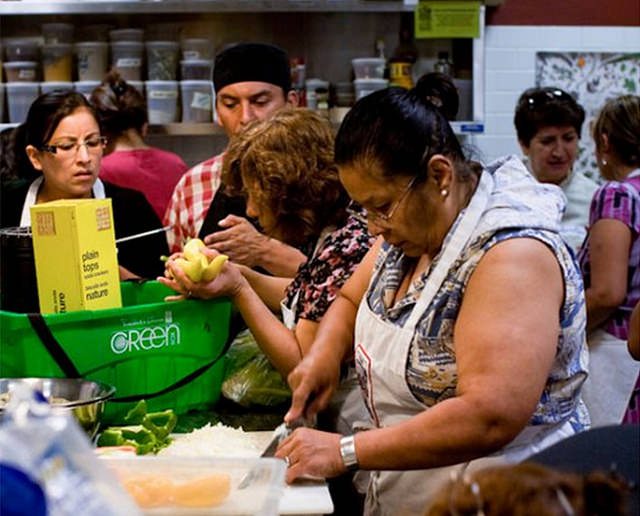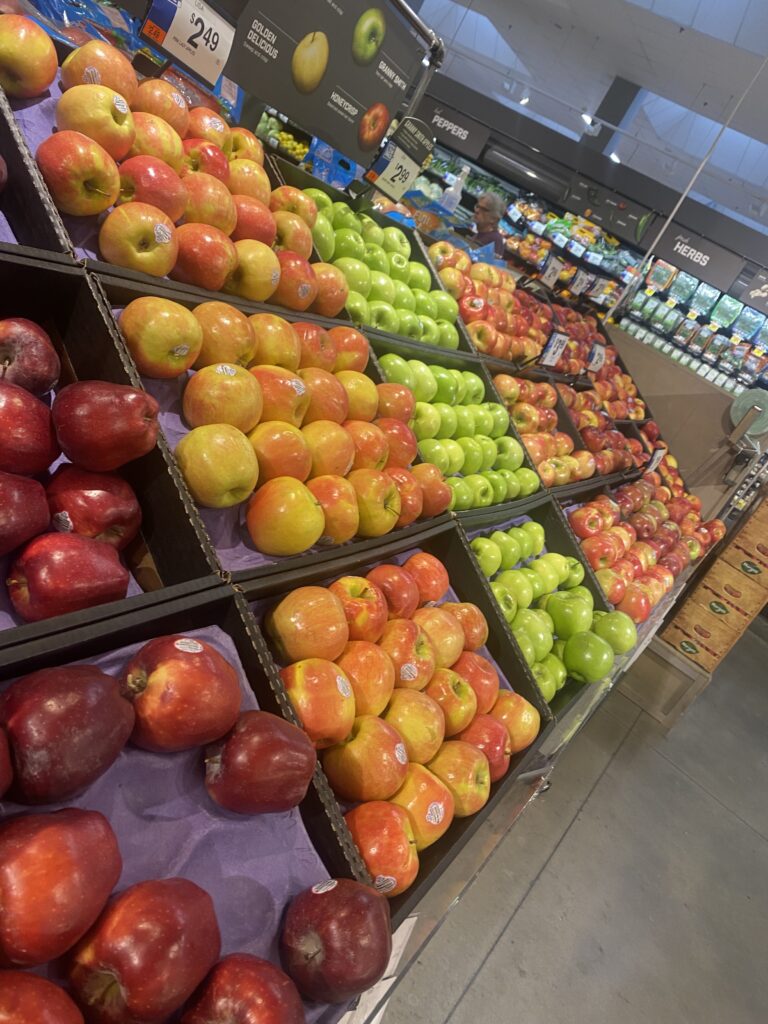Across the world, doctrines have affirmed the basic human right to food and sustenance.
In a new book The Stop: How the Fight for Good Food Transformed a Community and Inspired a Movement, Nick Saul and Andrea Curtis tell the heartwarming story of their efforts to make the ideal into a reality in their Toronto community.
In this enlightening book, they recount the development of The Stop, which began as a typical food bank and over a decade evolved into a multi-faceted Community Food Centre with various programs dedicated to food, sustainability and social justice advocacy. As Saul and Curtis explain, their work has been based on the belief that everyone has the right to good food and, just as importantly, the obligation to treat the Earth and each other with dignity and respect.
When Nick Saul became executive director of The Stop in 1998, the food bank offered monthly food hampers and a free Healthy Beginnings program for expectant mothers. It did not take Saul long to realize that the hampers usually featured highly processed food that was neither satisfying to the palate nor nutritious for the body. Such foods not only left the poor beneficiaries with health problems but with the feeling that they were second-class citizens, unworthy of the better options their middle class counterparts could afford.
Saul determined The Stop needed to do a better job.
That commitment led to the creation of a community garden. It also led to a decision to cut down on the amount of unhealthy food in the hampers and a move to provide free, fresh, healthy, made-from-scratch meals throughout the day. The community garden and the free meals offered more than healthier food options. These efforts also helped foster community, the authors tell us. Those who only saw the backs of each other as they waited in line for their hamper started connecting, learning about each other and their stories as they shared a meal together. Those at The Stop discovered the power of food to bring people together.
As the years progressed and The Stop gained additional funding,the organization expanded to include ethnic cooking classes for immigrants, sustainability classes at the garden, social outings, participation in the local farmers market, attendance at local antipoverty meetings and a new community advocacy project. The Stop focused beyond the immediate need for food and set sights on a larger necessity: changing the policies that institutionalize poverty and hunger.
The Stop started to host town hall meetings, created a speakers’ bureau, and formed a team to plan anti-poverty events. Food bank members led protests against government policies they saw as working against the poor. The Stop ceased to be a place where people came once a month to receive unwholesome food and became a community center where neighbors bonded, ate nourishing meals and spoke up for their rights. As Saul and Curtis explain, The Stop offers “not just a handout but a hand up.”
With a second location and a multitude of new programs focused on community development, social justice, environmental sustainability, and great food, The Stop developed into something else, something new: a Community Food Centre.
As The Stop achieved international recognition, it also became inundated with requests from food banks across the world hoping to similarly transform themselves. In response, organizers created free webinars and other resources to help.
Nick Saul left The Stop in 2011 to help develop a new organization, the Community Food Centres Canada (CFCC) committed to the development of more Community Food Centres across the nation.
In addition to their emphasis on healthy and environmentally-friendly food, the authors of the The Stop also firmly insist that that food banks are not the answer. While food banks provide temporary relief, Saul and Curtis say that government is responsible for addressing the broader changes that help reduce poverty that lies at the root of hunger. They write that The Stop, as well as other Community Food Centres, advocate for the political change that will render food banks unnecessary.
Throughout the text, The Stop is helpfully interspersed with information about the history of food banking, the policies that cause poverty and hunger and the progression of the “fusion food” movement. The movement, which The Stop firmly adheres to, is about realizing the interconnectedness of all parts of the “food system”: the farmers who grow the food, the big corporations who distribute food and the health of the planet and that of the consumers. Such concepts are fully explained so that even the reader wholly unfamiliar with the topics can understand them.
Also, the book is peppered with different profiles of people who frequent The Stop and how the experience changed their lives. The stories connect the reader on an intimate level with those who go to the food bank. The inspirational story behind The Stop is described in colorful and descriptive language, resulting in an engaging read.
Finally, once the back cover is closed and the book placed back upon the shelf, the reader is left with a sense of hope for a better future and understands the challenge to make that future a reality. The epigraph, a quote from Northrop Frye, to this book says it all: “The fundamental job of the imagination in ordinary life, then, is to produce, out of the society we have to live in, a vision of the society we want to live in.”








